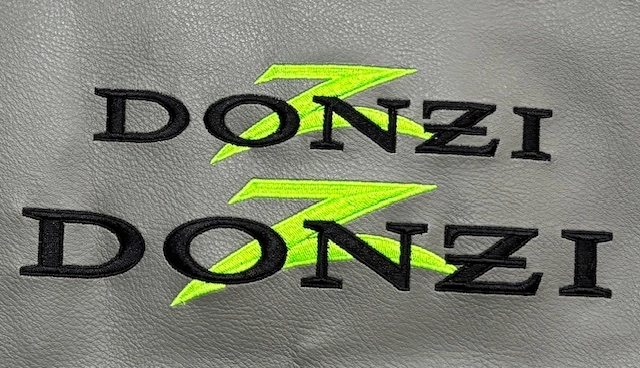The Art of Custom-made Needlework: Opening the Secrets to Creating Unique and Remarkable Styles
The secrets to developing personalized embroidery styles that mesmerize the eye and leave a lasting impact lie in a fragile balance of method, imagination, and interest to information. As we dig right into the globe of custom-made needlework, we reveal the nuanced interplay in between thread selection, stitch complexity, and design customization that raises a mere garment to a job of art.
Choosing the Right Embroidery Threads
When choosing needlework threads, what vital factors should you consider to guarantee the finest results for your customized styles? The option of embroidery thread is important in determining the final outcome of your embroidered design.
Thicker strings can add dimension and appearance to your style, while finer threads are ideal for complex information and small message. Furthermore, considering the shade fastness and washability of the thread is vital to guarantee that your custom styles maintain their high quality and vibrancy over time.
Exploring Various Stitch Techniques
To look into the realm of 'Exploring Various Stitch Techniques', one need to grasp the details and nuances that each sewing method offers the art of embroidery. Different stitch methods not only include visual rate of interest yet likewise contribute to the general texture and dimension of the layout. One popular stitch method is the satin stitch, which includes very closely packed parallel stitches to produce a smooth and glossy surface, ideal for filling out shapes and developing bold describes.
On the various other hand, the backstitch is a flexible technique usually used for detailing and including fine information. It includes sewing in reverse to create a solid line of embroidery. Additionally, the French knot stitch adds a tactile aspect to styles, excellent for producing textured accents like blossom facilities or decorative touches.
Exploring different stitch strategies permits embroiderers to play with light, shadow, and depth within their styles, boosting the aesthetic appeal and artistic quality of their embroidery jobs. By understanding numerous sewing methods, one can unlock countless opportunities for creating unique and memorable customized needlework pieces.
Incorporating Personalized Design Elements
Having explored the intricacies of various stitch strategies such as the satin stitch, backstitch, and French knot, the emphasis currently moves towards integrating customized design elements in custom needlework tasks. Individualized style aspects play a crucial duty in making needlework tasks really unique and memorable. One means to integrate personalization is by adding initials, names, or substantial dates to the style. This not only adds a tailored touch yet also boosts the sentimental value of the view website needlework item. browse this site
One more way to include customized layout elements is by including signs or motifs that hold unique meaning to the recipient or show their rate of interests and character. Integrating a favorite blossom, animal, or hobby-related sign can make the needlework design much more significant and individualized. Additionally, picking shades that resonate with the recipient or align with the desired theme can additionally boost the personalization of the needlework task.
Grasping the Art of Shade Coordination

One trick element of color sychronisation is recognizing color concept. This includes knowing exactly how various colors engage with each other, the feelings they convey, and just how they can be combined to produce aesthetically appealing styles. By applying shade theory concepts, embroiderers can create harmonious shade palettes that enhance the overall look of the layout.
Additionally, focusing on comparison is vital in color coordination. Using contrasting Resources shades can help certain aspects of the layout pop, enhance readability, and create a visually dynamic embroidery item. By mastering the art of color control, embroiderers can elevate their designs and produce memorable pieces that resonate with customers and viewers alike.
Enhancing Appearance With Advanced Needlework Stitches
French knots, as an example, are ideal for including tiny, elevated dots to your layout, mimicking the appearance of grains or creating a textured surface. Bullion knots, on the other hand, can be utilized to produce twisted, ropelike aspects that add a lavish feel to the needlework. Seed sewing involves tiny, scattered stitches that can complete locations with a polychromatic appearance, while turkey job develops cosy, dimensional accents similar to pet hair or vegetation. Trying out these innovative needlework stitches permits you to press the borders of traditional needlework and develop absolutely one-of-a-kind and aesthetically appealing textures in your layouts.
Conclusion
Finally, the art of personalized embroidery involves a combination of choosing the appropriate strings, checking out various stitch strategies, integrating customized style aspects, mastering shade coordination, and boosting appearance with advanced stitches. By recognizing and executing these crucial elements, embroiderers can create one-of-a-kind and memorable styles that showcase their creative thinking and skill. Needlework lovers can open the secrets to creating beautiful and custom items that stick out and leave a lasting perception.